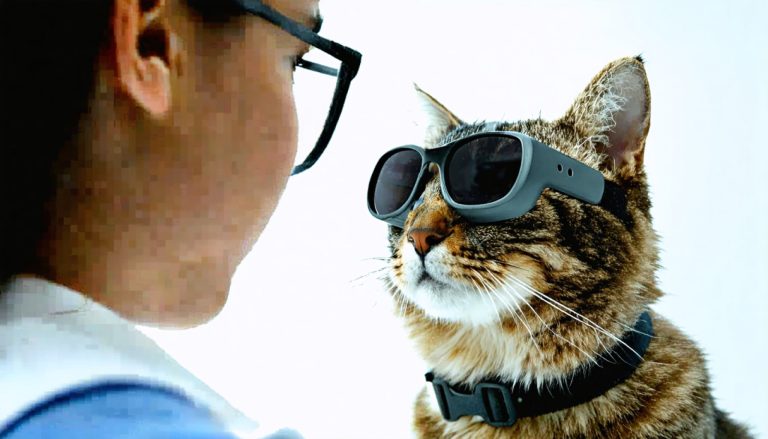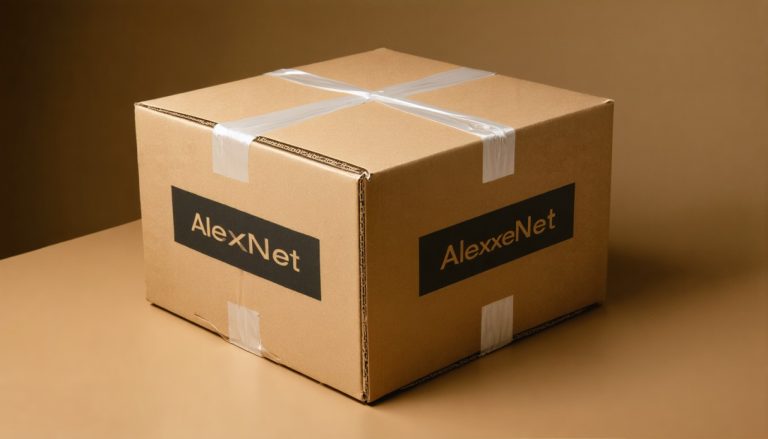
Recent discussions among creditors of Dish Network have unveiled significant obstacles concerning the proposed merger with DirecTV. A letter revealed that creditors have deemed the current merger plan, which would result in an estimated $1.6 billion loss for them, to be ineffective. The bondholders, holding approximately $8.9 billion in Dish notes, countered the original proposal but were met with rejection from DirecTV.
In light of the situation, DirecTV is presented with several options. They can choose to continue negotiations, finalize the acquisition under the existing terms and face potentially higher costs, or encounter ongoing legal disputes. The bondholders expressed concerns that the merger’s structure unfairly benefits shareholders while compelling creditors to accept significant losses.
Legal representatives for both DirecTV and the creditor group have not yet provided comments regarding this predicament. The merger, initially agreed upon last month, aims to establish the largest pay-TV entity in the United States, a strategic response to the fierce competition posed by streaming services.
This deal hinges on various financial transactions involving entities like AT&T and EchoStar. A critical aspect of the agreement requires bondholders to swap their current debt for new notes connected to the merged company, though the proposed restructuring suggests substantial losses for those creditors. As negotiations evolve, the future of this merger remains uncertain amidst these financial intricacies.
The Challenges Facing Dish Network and DirecTV Merger: An In-Depth Analysis
The proposed merger between Dish Network and DirecTV has gathered significant attention, revealing various challenges and controversies that could shape the future of both companies. As they aim to combine forces in the face of intense competition from streaming services, several important questions and key challenges emerge.
What are the key challenges facing the merger?
1. Financial Viability
The original merger plan has sparked serious concern among creditors due to projected losses of approximately $1.6 billion. With bondholders owning about $8.9 billion in Dish notes, their demand for an amended proposal reflects a larger issue about the financial soundness of the merger.
2. Regulatory Hurdles
The merger will likely face scrutiny from regulatory bodies concerning antitrust issues. The consolidation of such significant players in the pay-TV industry raises concerns about competition and consumer choice. The Federal Communications Commission (FCC) and Department of Justice (DOJ) may subject the merger to extensive examination.
3. Consumer Retention
Dish Network and DirecTV are grappling with declining subscriber bases due to the rise of streaming platforms. Merging may help address this loss by broadening content offerings, but it remains unclear if the combined entity can successfully attract and retain customers.
What are the advantages and disadvantages of the merger?
Advantages:
– Increased Market Share: The merger would create the largest pay-TV provider in the U.S., potentially allowing for greater competitive leverage against streaming services like Netflix and Hulu.
– Cost Synergies: Combining resources and operations may result in operational efficiencies, reducing overhead costs and increasing profitability in the long run.
– Enhanced Content Offerings: A merged company could offer a more diverse range of programming, appealing to a broader audience and potentially increasing subscriber numbers.
Disadvantages:
– Risk of Antitrust Issues: Regulatory intervention could derail the merger if deemed anti-competitive, which could lead to prolonged legal battles and increased costs.
– Loss of Creditor Confidence: The discontent among creditors indicates potential financial instability, which might overshadow the potential benefits of the merger.
– Cultural Integration Challenges: Merging two large corporate entities poses challenges in aligning corporate cultures, operational practices, and management teams, which could delay or complicate integration efforts.
What are the next steps for DirecTV and Dish Network?
Moving forward, both companies must prioritize engaging their creditor groups to negotiate a more favorable restructuring proposal that addresses the financial concerns raised. They also need to prepare for regulatory scrutiny by ensuring compliance with antitrust laws, which may involve a period of strategic adjustment in their operational focus.
What are the potential long-term implications of the merger?
If successful, this merger could set a precedent for future consolidation in the pay-TV industry, influencing how traditional providers adapt to new competitive environments. The combination may also force streaming services to rethink their marketing and content strategies in retaliation against a strengthened competitor.
In conclusion, the merger between Dish Network and DirecTV is fraught with challenges that could significantly impact both companies’ futures. Stakeholders must navigate financial negotiations, regulatory hurdles, and market dynamics carefully to achieve a successful merger outcome.
For further information and industry insights, please visit Fierce Video, a leader in broadcasting and cable news.



